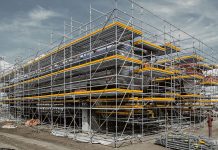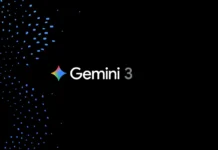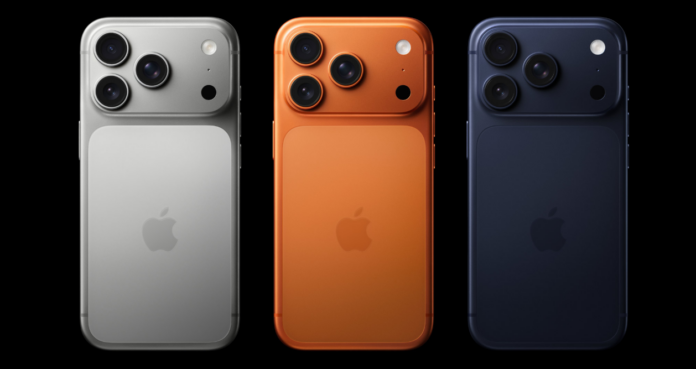Apple Inc. has officially launched the iPhone 17 series for sale today [Friday], marking the start of a new chapter with the iPhone 17 Pro, Pro Max, and iPhone Air models now available to customers worldwide.
Following their unveiling last week, the new iPhones have already generated strong early demand, especially for the Pro editions.
In Hong Kong, Apple’s flagship store saw a rush of customers eager to check out the new models, although walk-in availability was limited to the iPhone Air, with Pro models only available for online orders. Similar shipping delays were reported across other major markets, including Australia, New Zealand, mainland China, and Singapore, where wait times for the iPhone 17 Pro Max extended to up to four weeks.
Japan was the only major market offering next-day delivery for all models, while South Korea saw the iPhone 17 Pro available within a week, but the Pro Max was marked as unavailable until late October.
The iPhone 17 Pro and Pro Max return to an aluminum shell with a redesigned back, while the iPhone Air offers a thinner, radically different design. The new Pro models start at $1,099, just $100 more than the iPhone 16 Pro, while the iPhone Air is priced at $999.
Despite its attention-grabbing design, the iPhone Air may struggle with sales due to concerns over battery life, audio quality, and camera performance.
The launch comes at a critical time for Apple, with high expectations for sales over the holiday season. The company also faces increasing competition from rivals, including Samsung, which has recently launched its Galaxy S25 Edge foldable phone.
Despite these challenges, Apple is aiming to strengthen its foothold in the global smartphone market with its updated iPhone lineup.
As the new iPhones hit the shelves, the company’s performance in key markets like China will be closely watched, given its recent struggles in the region. Apple has faced a 6% drop in sales in China in the weeks leading up to the launch, and the company now holds just 12% of the local market, trailing competitors like Oppo and Xiaomi.
























